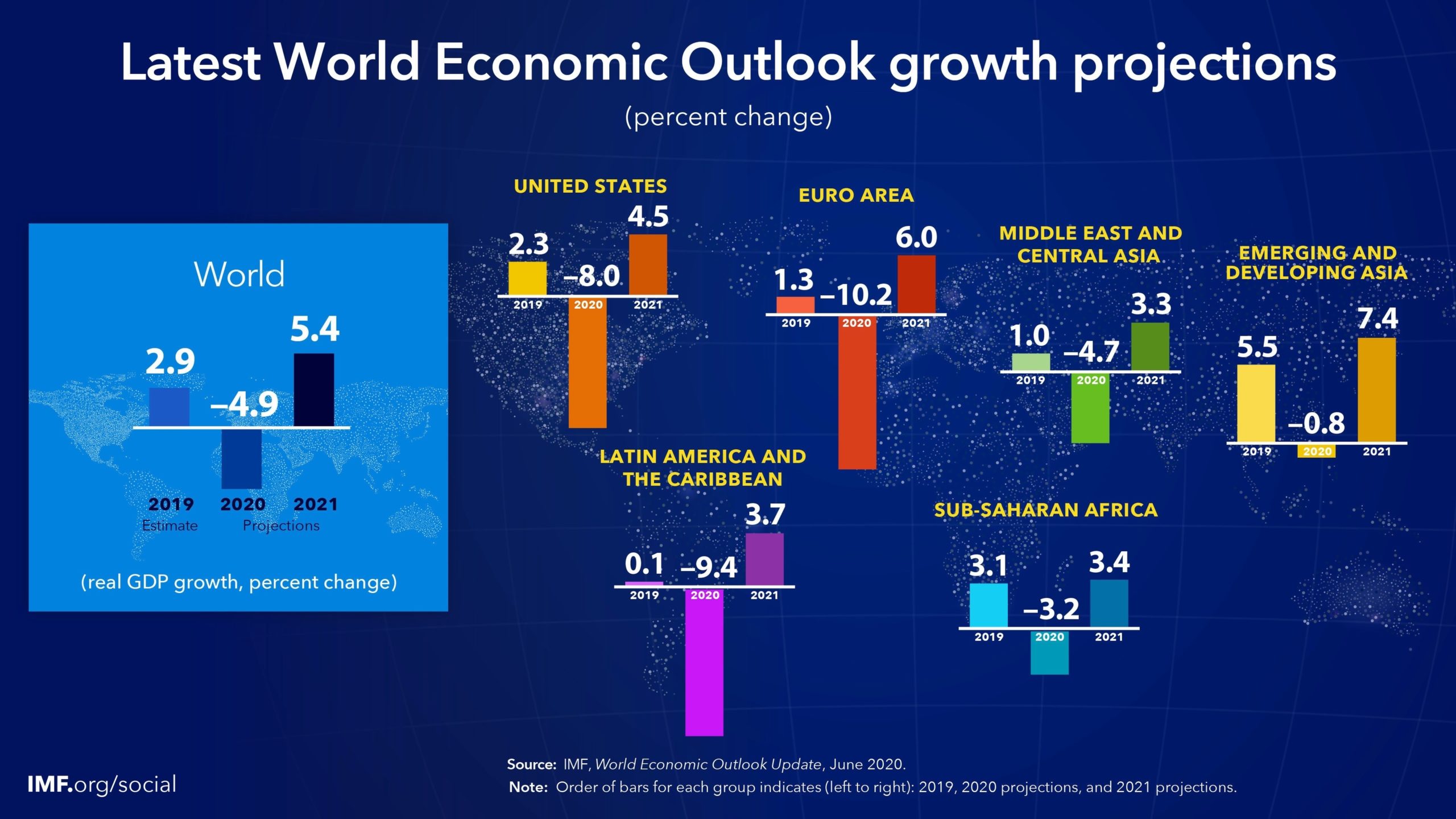
The COVID-19 pandemic has had a significant impact on the economies of Asian countries. While the pandemic has affected all countries, the impact has been more severe in some countries than others. The economic recovery of Asian countries has been a topic of discussion since the pandemic began. The International Monetary Fund (IMF) has been closely monitoring the economic recovery of Asian countries. According to the IMF’s October 2021 report, the Asian outlook for 2021 has been downgraded by more than 1 percent to 6.5 percent compared with the April 2021 World Economic Outlook because of new peaks of the pandemic cycle driven by the highly contagious Delta variant. However, as vaccination rates accelerate, the region is expected to grow slightly faster in 2022 than anticipated earlier.
outheast Asia has been one of the regions most affected by the pandemic. The latest International Monetary Fund forecasts suggest that income per capita in the ASEAN-5 economies (Indonesia, Malaysia, Philippines, Thailand, and Vietnam) will still be 6% lower in 2024 than the level that was expected before the pandemic struck. For the Philippines, which faces the worst economic outlook, the scarring is expected to be twice as deep, with income per capita remaining 12% lower than previously expected. The pandemic has caused significant damage to the economies of these countries, and it will take time for them to recover.
The pandemic has also highlighted the importance of controlling the virus itself to limit the economic damage. The contrasting experiences of Vietnam, Indonesia, and the Philippines epitomize the Southeast Asian story. Vietnam has been the stellar example: It is one of few economies in the world to eke out positive economic growth in 2020 on the back of a prompt and highly successful public health response. That allowed Vietnam to quickly reopen its economy and stage a strong recovery. Indonesias government, by comparison, was reluctant to take actions that would undermine the economy in the short term, having only belatedly imposed social distancing restrictions while failing to mount an effective public health response. Indonesia experienced a shallower recession than many others. But as it failed to contain the virus, its economic recovery thereafter has been weak. The Philippines, meanwhile, stands out as having experienced the worst of both worlds: It imposed harsh lockdown restrictions and still failed to control the spread of the virus. The Philippines economy fell 14% (compared to its pre-COVID level) in the second quarter of 2020, and was still 9% smaller by the end of the year, placing it as one of the worst economic performers globally.
The role of international trade has also been a key factor shaping Southeast Asias crisis. Global trade has held up surprisingly well, and this has been especially beneficial for Southeast Asia as a heavily trade-driven region. However, the pandemic has disrupted global supply chains, which has had a significant impact on the economies of Southeast Asian countries. The pandemic has also highlighted the need for countries to diversify their economies and reduce their dependence on a single sector or country. This is particularly important for countries that are heavily dependent on tourism, such as Thailand and the Philippines.
In conclusion, the COVID-19 pandemic has had a significant impact on the economies of Asian countries. While the pandemic has affected all countries, the impact has been more severe in some countries than others. The economic recovery of Asian countries has been a topic of discussion since the pandemic began. Southeast Asia has been one of the regions most affected by the pandemic. The pandemic has caused significant damage to the economies of these countries, and it will take time for them to recover. The role of international trade has also been a key factor shaping Southeast Asias crisis. The pandemic has disrupted global supply chains, which has had
